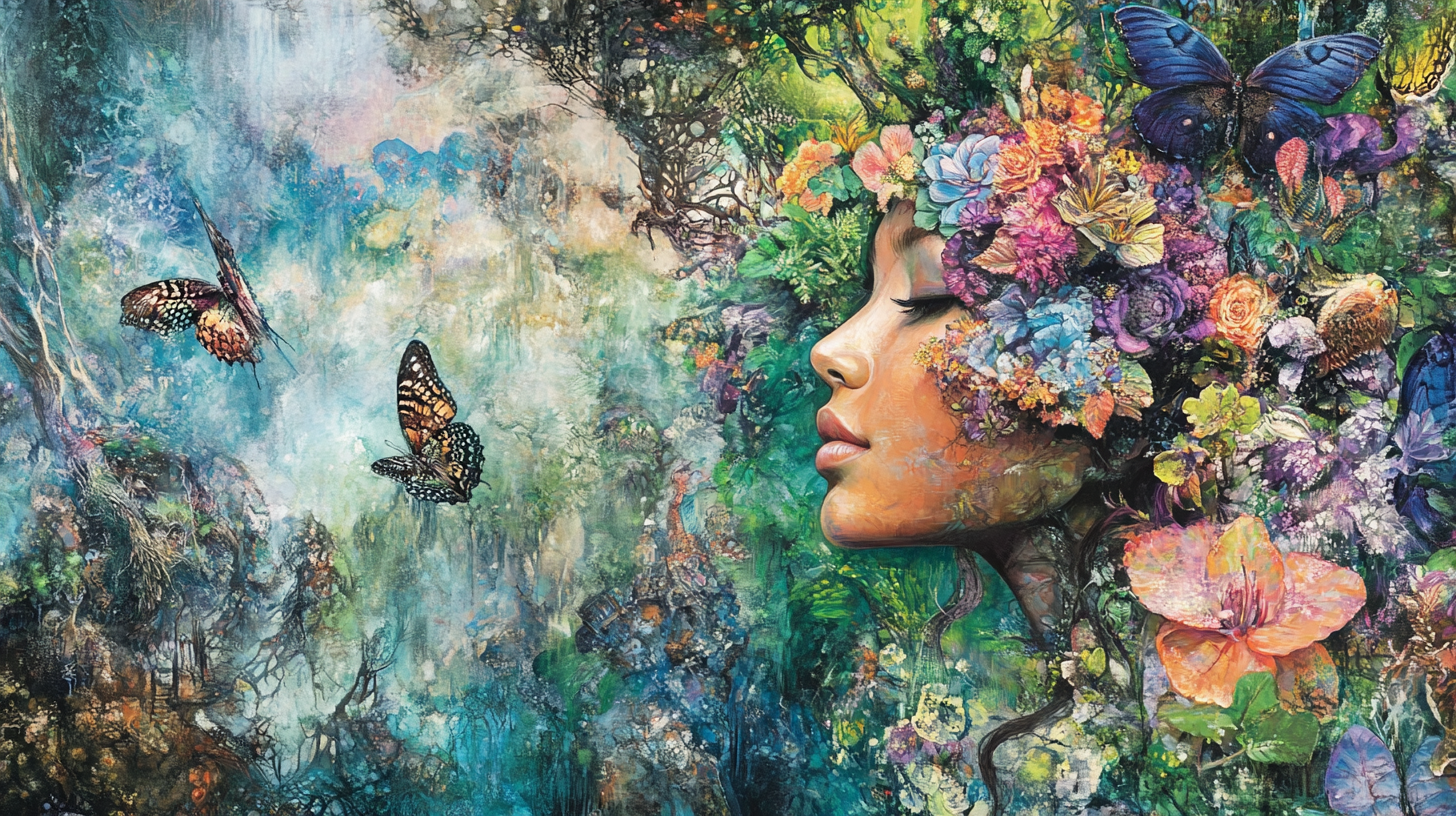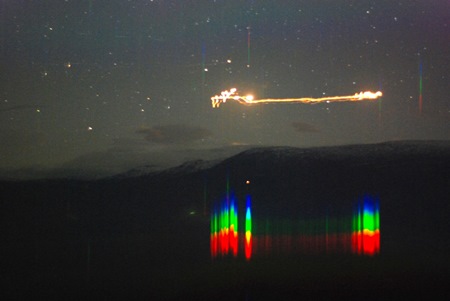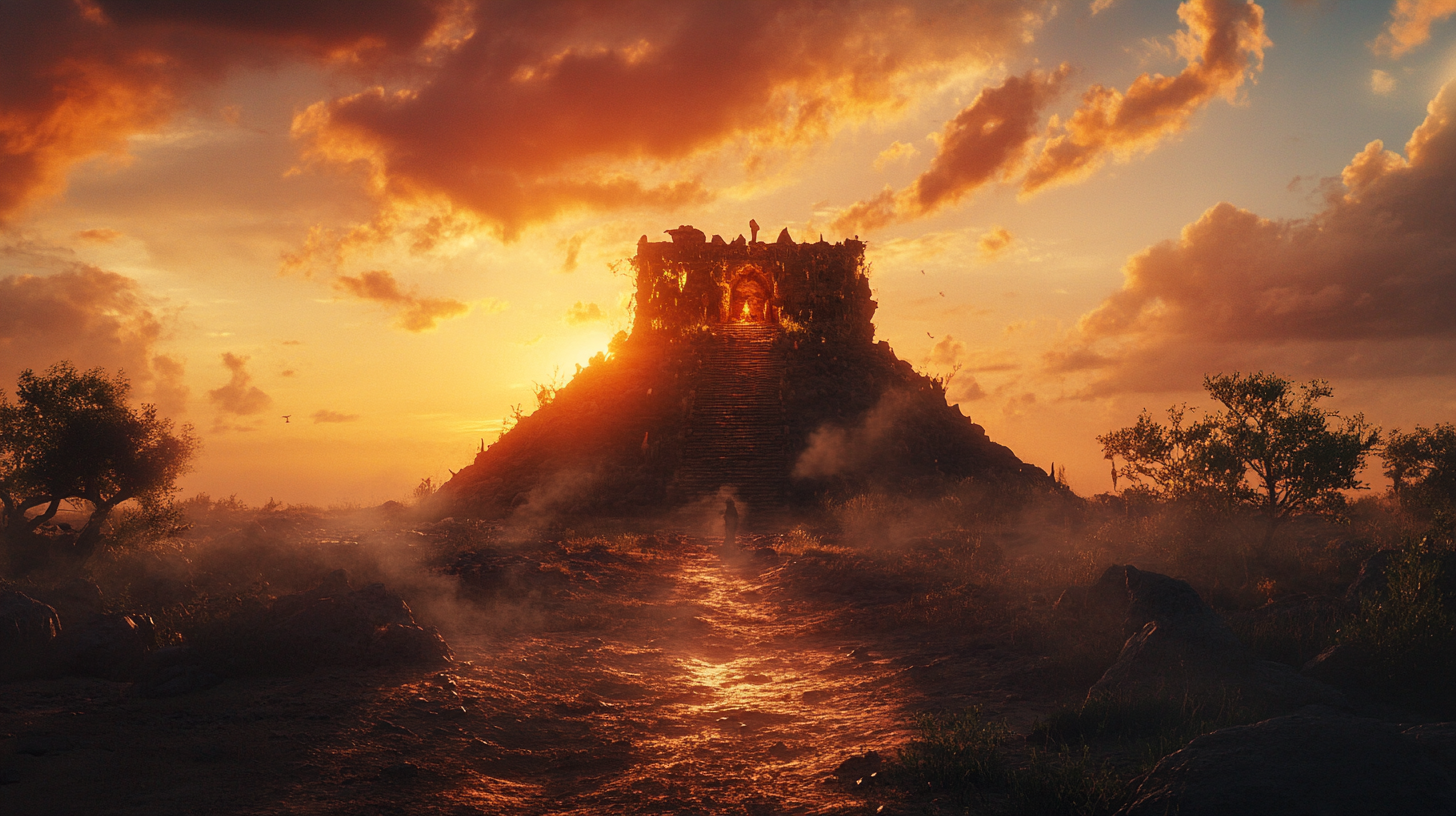Milky Way Myths From Cultures Around The World
The Milky Way, our galaxy, is more than just a celestial phenomenon; it’s a canvas for human imagination and storytelling.
Across cultures and eras, people have gazed at this luminous band of stars and spun tales that reflect their values, beliefs, and aspirations. From the divine milk of Greek and Roman gods to the romantic rivers of Chinese mythology, these stories provide a window into how different cultures view the universe and our place within it. Let’s take a look at the fascinating myths of the Milky Way from around the world.
Greek Mythology
For the ancient Greeks, the Milky Way was not just a collection of stars but a testament to the divine. According to Greek mythology, the Milky Way was formed when Hera, the queen of the gods, spilled her breast milk across the sky.
This event was linked to the tale of Hercules. As the story goes, Zeus had Hercules, his mortal son, nurse from Hera while she was asleep, hoping to grant him divine powers. When Hera awoke and pushed Hercules away, her milk sprayed across the heavens, creating the Milky Way.
This myth highlights the Greeks’ rich narrative tradition, where even the stars tell tales of gods and heroes.

Roman Mythology
The Romans, who borrowed extensively from Greek mythology, adapted the tale of the Milky Way with their own twist. In Roman mythology, it was Juno, the queen of the gods, whose milk created the Milky Way.
This story also connects to Hercules, who was known as Heracles in Greek mythology. The Romans believed that Hercules was nursing from Juno when she discovered he was the son of her husband, Jupiter, and a mortal woman.
In her rage, she pushed him away, causing her milk to spill across the sky. This narrative underscores themes of jealousy, divine power, and the celestial consequences of godly disputes.

Chinese Mythology
In Chinese culture, the Milky Way is known as the Silver River (銀河, Yínhé), central to the romantic legend of the weaver girl and the cowherd.
The weaver girl, Zhinü, and the cowherd, Niulang, fell deeply in love and were married. However, their union displeased the gods, who separated them by creating the Silver River. Once a year, on the seventh day of the seventh lunar month, a bridge of magpies forms over the river, allowing the lovers to reunite.
This poignant tale, celebrated during the Qixi Festival, imbues the Milky Way with themes of love, separation, and hope.

Native American Myths
Various Native American tribes have their unique interpretations of the Milky Way. The Cherokee, for instance, believed the Milky Way was formed by a celestial dog that stole cornmeal and spilled it while fleeing across the sky.
This narrative explains the Milky Way as the “Path of the Dog” or “Way of the Thief.” For the Lakota people, the Milky Way is a path of spirits traveling to the afterlife. They call it the “Spirit Road,” where souls journey after death to find peace.
These stories reflect a deep connection between the earthly and the celestial, weaving daily life and cosmic mysteries.

Hindu Mythology
In Hindu mythology, the Milky Way is referred to as Akash Ganga, meaning the Ganges River of the sky. According to legend, the river Ganges originates from the heavens and was brought down to Earth by the divine intervention of Lord Shiva.
Vishnu’s toe pierced the universe, causing the sacred river to flow from his foot. This river, considered holy and purifying, also has its reflection in the sky as the Milky Way.
The Akash Ganga is a celestial reminder of the river’s divine origin and its importance in Hindu culture as a source of spiritual cleansing and connection to the gods.

Egyptian Mythology
The ancient Egyptians envisioned the Milky Way as a celestial river that mirrored the life-giving Nile. They believed it was a path for the sun god Ra, who navigated this heavenly river in his solar boat.
Ra’s journey through the Milky Way represented the cycle of life, death, and rebirth. The Milky Way’s presence in their mythology underscores the interconnectedness of the cosmos and the Nile, both seen as essential to creation and sustenance.
This myth highlights how the Egyptians viewed the heavens as a reflection of their own earthly existence and divine order.

Norse Mythology
In Norse mythology, the Milky Way was thought to be the Bifröst Bridge, a rainbow bridge connecting Midgard (Earth) to Asgard (the realm of the gods). This bridge was guarded by Heimdall, who watched over it to protect Asgard from intruders.
The Bifröst was seen as a pathway for gods and heroes, symbolizing the connection between the mortal and divine realms. The Milky Way, as the Bifröst, is a powerful symbol of journeys, battles, and the ever-present link between human endeavors and the gods’ domains.

Maori Mythology
The Maori of New Zealand see the Milky Way as the wake of a great canoe, the legendary waka of the god Maui. Maui is a prominent figure in Polynesian mythology, known for his adventurous spirit and numerous feats.
According to Maori myth, Maui’s canoe journeyed across the sky, leaving the Milky Way in its path. This story transforms the celestial phenomenon into a testament to exploration, adventure, and the divine presence in nature.
It’s a narrative that celebrates the Maori’s seafaring heritage and their deep connection to the stars.

Aboriginal Australian Myths
Aboriginal Australian cultures have diverse stories about the Milky Way, reflecting their rich oral traditions and deep connection to the land and sky.
One common myth is that the Milky Way is a river in the sky, with various tribes seeing different animals and ancestors in its stars. For example, the Yolngu people believe the Milky Way is a river of fish, while the Kamilaroi see it as a sky pathway for spirits.
These myths emphasize the Milky Way’s role as a source of knowledge, cultural identity, and a bridge between the earthly and the spiritual.

Conclusion
From the spilled milk of gods to celestial rivers and divine pathways, the Milky Way has inspired myths across cultures. Each story adds a layer of wonder to our night sky, reminding us that no matter where we come from, we all look up and find meaning in the stars. These myths keep the magic of the Milky Way alive, blending the everyday with the extraordinary, and connecting us to our ancestors and their endless stories. So next time you gaze up at the Milky Way, remember these tales and the rich tapestry of human imagination they represent.






